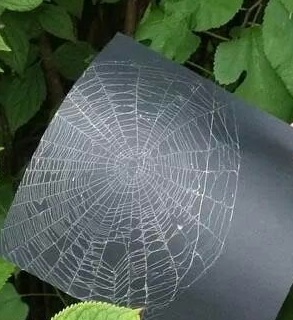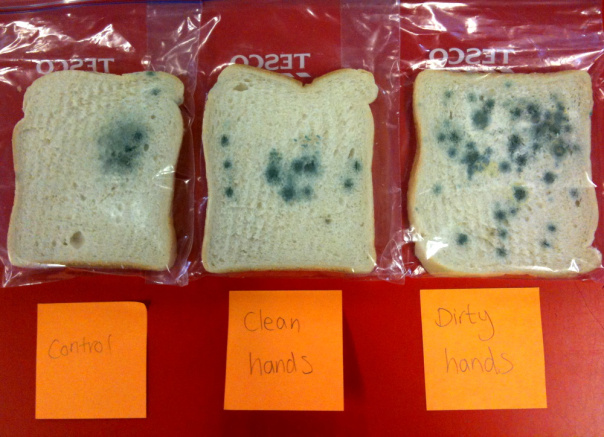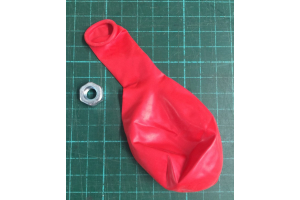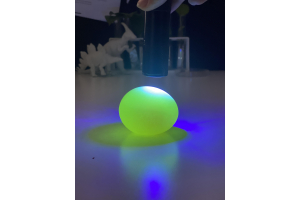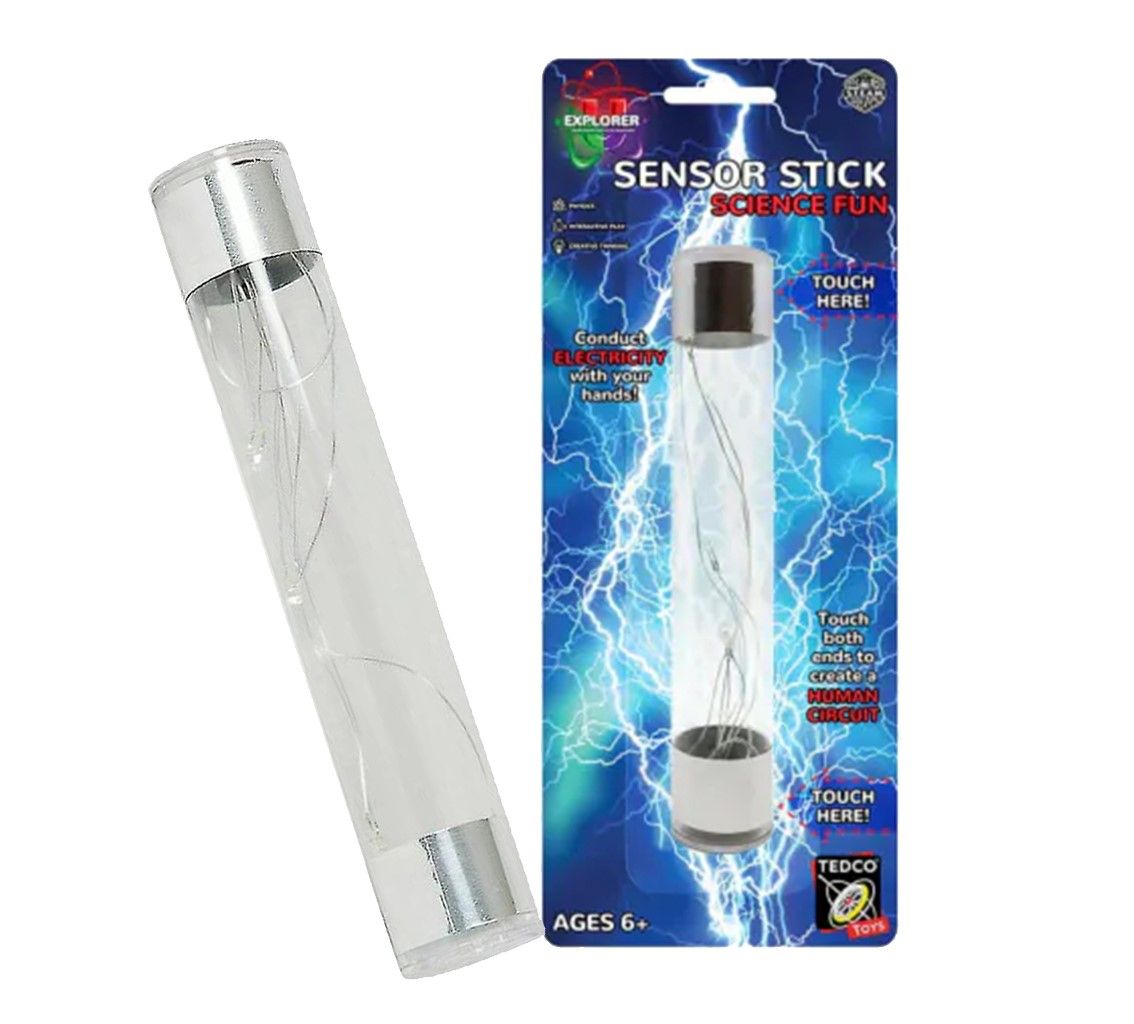Free Science Experiments
Here is a huge assortment of fun and educational science experiments that you can perform at home. Best of all, they are free and simple, and most only require basic household items.
-
Posted: May 06, 2018Categories: STEMRead more »
STEM ACTIVITY: Designing a Wind Powered Car
Middle to Upper PrimaryBook: Ollie and the Wind (Ronojoy Ghosh)
Key Concepts: Energy Transformation, Engineering Design process, Forces, Measurement.
In Victoria, we generate most of our electricity from fossil fuels. Fossil fuels are considered a polluting, non-renewable form of energy. It is the job of future engineers to develop clean and sustainable means of producing energy for both electricity and to power our cars.
Energy is the ability to do work. Energy comes in many forms: chemical energy, electrical energy, heat energy, light energy, mechanical energy and nuclear energy. Wind energy is a form of renewable energy that comes from wind. Other types of renewable energies include slow but steady tidal power, geothermal power (only possible in some areas, tapping heat from deep in the Earth), and biofuels (fuels derived from plants and algae). These energy types
-
Posted: May 06, 2018Categories: STEMRead more »
STEM TASK: TANGRAMS
Middle Primary SchoolKey Concepts: Geometric Shapes in man made structures or nature.
Artists have been taking inspiration from their surroundings for centuries and using geometric shapes to represent it. Man made and natural structures also provide excellent examples of geometric shapes.
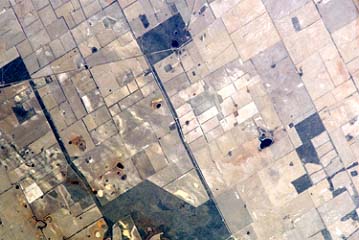
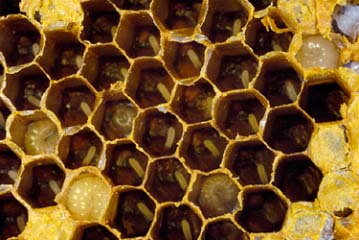
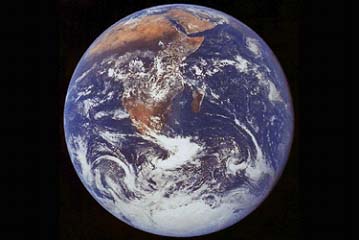
An urban landscape -
Posted: May 06, 2018Categories: STEMRead more »
Egg Drop Challenge:
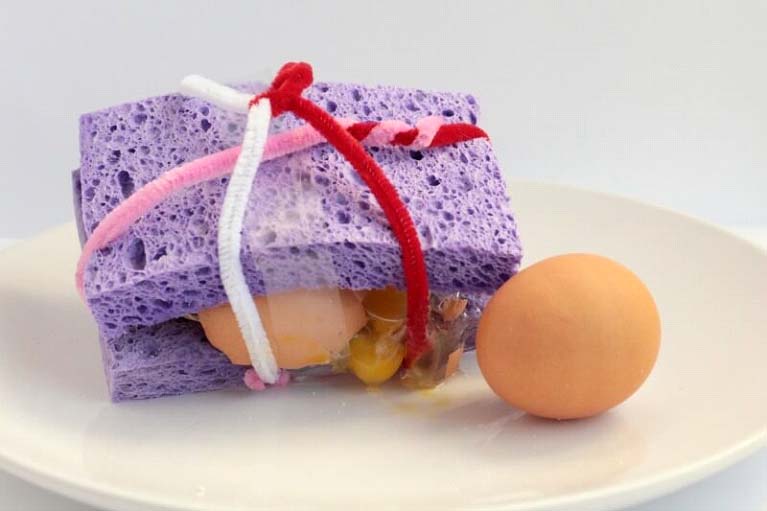
Design a contraption that protects a falling egg (or water balloon) when it is dropped from a set height. Set a limited amount of resources. Resources could be anything recycled.
Possible contexts could be helmet design, parachutes, landing a rover on Mars.
-
Posted: May 06, 2018Categories: STEMRead more »
Bridge Challenge:
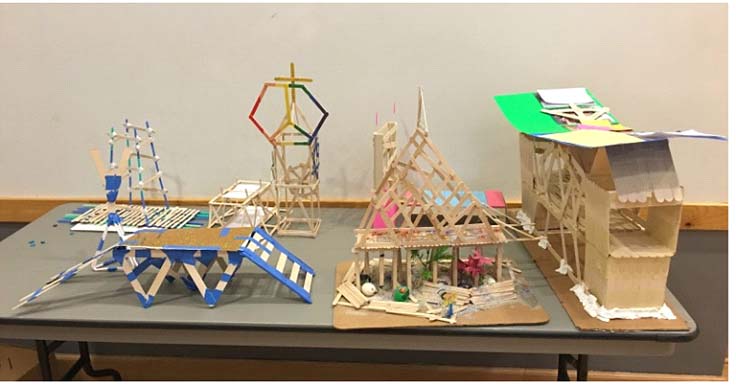
Design and build a free-standing bridge that will support as much weight as possible. The bridge must span an opening of 30 cm and must be wide enoguh for a toy car to drive over it. (Materials can vary for this task: Spaghetti could be used again, or plastic straws, balsa wood, string, paddle pop sticks, masking tape, drawing pins, etc.)
Extra challenge and extra maths: The bridge must be as light as possible. The bridge with the best ‘strength to weight’ ratio wins.
-
Posted: May 06, 2018Categories: STEMRead more »
Spaghetti and Marshmallow tower:
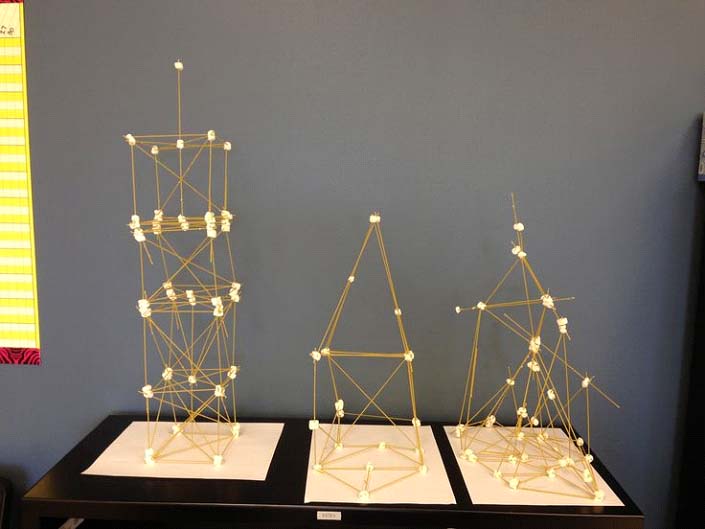
A variation on the Marshmallow Challenge, where this time marshmallows can be used to form part of the structure. Build the highest, free-standing structure possible out of 30 marshmallows and 20 pieces of raw spaghetti. (For extra challenge: The structure must support the weight of a book).
-
Posted: May 06, 2018Categories: STEMRead more »
Marshmallow Challenge:
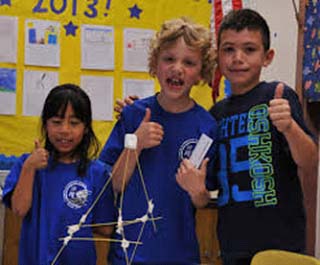
Build the highest, free-standing structure from 20 sticks of (uncooked) spaghetti, one metre of string and one metre of masking tape, in just 18 minutes. The tower must be able to support a marshmallow at the top.
-
Posted: May 06, 2018Categories: STEMRead more »
STEM Bouyancy:
Book: WHO SANK THE BOAT? Pamela Allen
Songs: “ROW, ROW, ROW Your Boat” and “A Sailor went to See See See"
Key Concepts: Buoyancy, Hydrophobic materials, boat construction and mass.
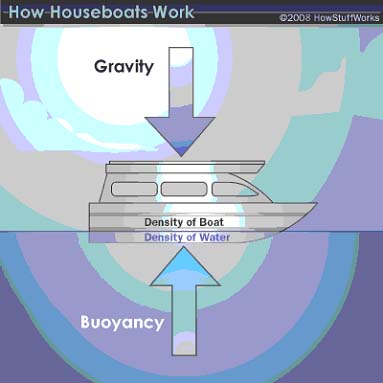
When a boat floats, it settles into the water, pushing the water aside to make room for itself. The force that it is pushing the boat into the water is called gravity. It is a two way pushing match, however. Water pushes back onto the bottom of the boat. This force, called buoyancy holds the boat out of the water. The more water a boat pushes aside, the more force there will be pushing back on the boat and supporting it. This is why a boat’s size and shape makes such a difference in how much of a load it can carry without sinking. -
Posted: March 17, 2018Categories: Mini BeastsRead more »
Preserve A Spider Web
Spiders are not just creepy and crawly, they are truly one of nature’s great artists. Spiders produce silk that they use to catch bugs, usually by spinning a beautiful web.
In this activity, be a spider scientist and capture and preserve a delicate spiderweb to study.
Suitable for kids aged 10+ with parental supervision.You Need:
- Empty spiderweb
- Talcum powder
- Black construction paper
- Hair spray
What to do:
- Head outside, in the backyard, school ground or nature trail in search of an unoccupied spider web. To find out if the web is empty, tap it very lightly. You will see the spider move if it is occupied, and you will need to find another web to preserve. Look carefully in tall grass and bushes.
-
Posted: February 24, 2018Categories: BiologyRead more »
The Mouldy Bread Experiment
Learning Objectives:
- Students will develop and/or refine their skills in designing and conducting experiments.
- Students will understand the factors that promote and prevent the growth of mold on bread.
Equipment required (per student or pair of students):
- 2 slices of bread each cut into halves.
- 4 small ziplock bags
- 4 sticky labels and pen
- Access to water, a fridge and perhaps a toaster (optional)
Some moldy bread in a sealed bag for demonstration purposes.
Procedure:
Show the mouldy bread to the students to prompt a discussion. (You could give it a little backstory, e.g. ‘I
-
Posted: February 18, 2018Categories: SpaceRead more »
Create a human sized scale model of the solar system with your students.
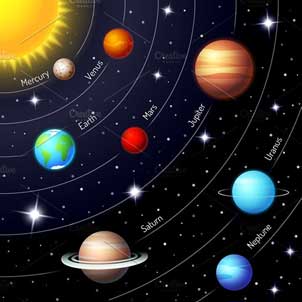
Learning Objectives:
- For students to develop an understanding of the positions of the planets in the solar system, both relative to each other, and also their position and distance from the sun.
- For students to gain a practical meaning of the words ‘rotation’ and ‘revolution’ and how those words apply in the context of the movement of planets.
You Need:
-
A large open space, such as a park or football field
-
A long measuring tape (such as one used to mark out a sporting field).
-
Possibly also

